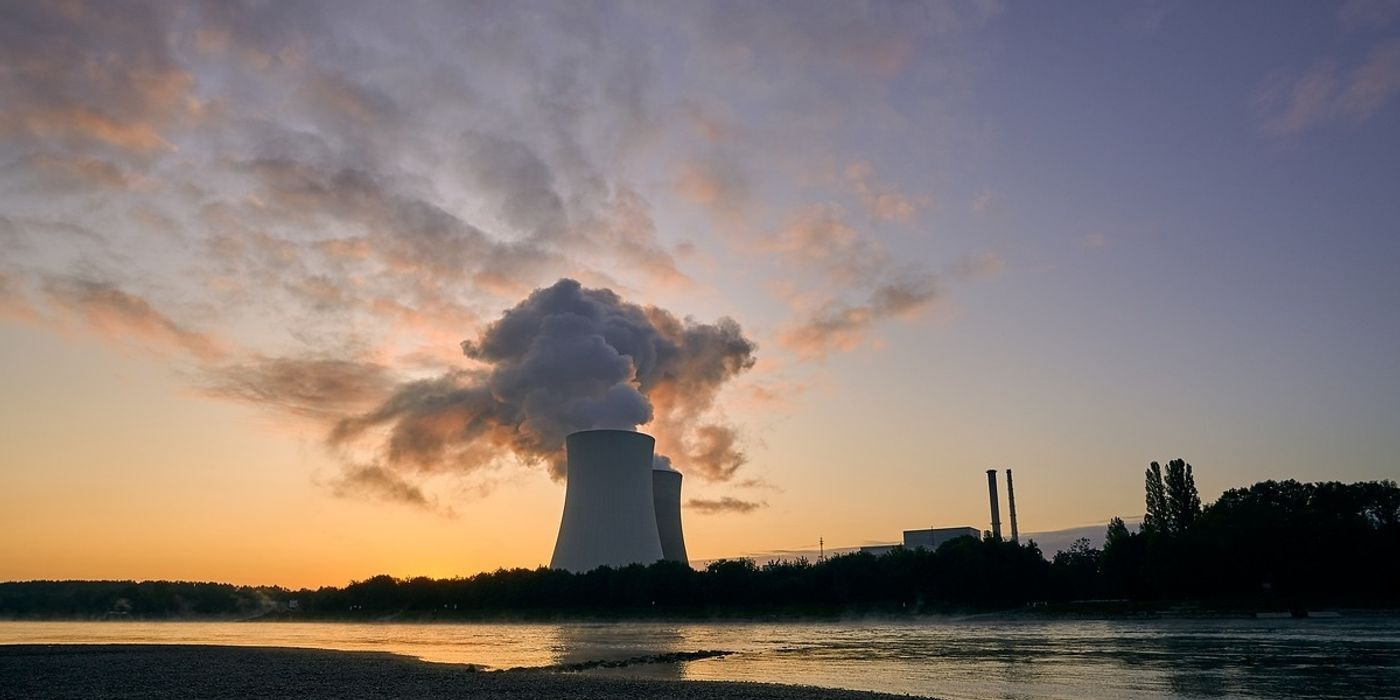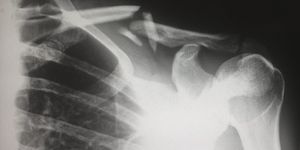The Ever-Evolving Battle to Fight Corrosion in Nuclear Reactors
Since its birth in the early 20th century, atomic research has brought mostly positive impacts to our lives. This week is Nuclear Science Week, as an internationally observed, week-long event that celebrates nuclear innovations that transform science and technology, energy, healthcare, and space exploration.
When it comes to nuclear fission reactors, their biggest contribution has been powering the growth of our energy-thirsty society. There's are over 440 commercial reactors in 30 countries around the globe, generating carbon-free electricity around the clock. With the majority of them in their twilight years after decades in service, it's no small feat to keep them running safely and efficiently, and fighting corrosion is the key to success. To do that, scientists and engineers dedicate their efforts in monitoring, analyzing, and predicting the strength and integrity of various reactor structures.
Reactors are made with tough metallic components and yet corrosion and factures always manage to find their way to cause damage. Take a pressurized water reactor (PWR), the most typical power-generating reactor in the U.S., for example. With hundreds of its chain reaction-regulating control rods submerged in highly pressurized (greater than 150 times the atmospheric pressure), super-hot water (200 °C over boiling temperature), it's no surprise the metal casing and other parts would deteriorate over time, no matter how tough they started.
What's Like to Be Inside a Nuclear Reactor (Periodic Videos/Brady Haran)
In a routine service-related power-off back in 2002, structural inspection at the Davis-Besse Nuclear Power Plant in Oak Habor, Ohio turned up some unnerving findings: engineers found cracks on the head of the reactor caused by a corrosive damage called stress corrosion cracking (SCC). SCC occurs at weld joints between dissimilar metals, and corrosions at these spots is especially prone to cracking. Tiny cracks were discovered in the control-rod mechanism where welding joined various alloys, including a nickel-chromium-iron mixture called alloy 600. Hot borated water slowly leaked through cracks into the exterior casing. But fortunately, the corrosion did not make it to the wall that keeps the pressurized coolant, which helped avoid a major disaster.
This near-miss incident led to a systematic replacement of alloy 600-containing reactor parts in the U.S. and other countries. A more resistant material, alloy 690, which has more chromium (28% vs. 15% in alloy 600), has since been an substitute in welding joints.
Preventing and mitigating corrosion is not only a focus in nuclear science today, but also the key to ensuring the success of advanced reactors in the future. For instance, the Molten Salt Reactor (MSR) is a cost-effective, safer, and more efficient alternative to the traditional power plant reactors. But its high thermodynamic efficiency can also drive the core temperature up to 750 °C or higher (more than doubling that of PWRs), which makes the reactor's parts more susceptible to heat-accelerated corrosion.
Nuclear scientists and engineers hope that by developing new materials and methods, they can improve corrosion resistance to the damages caused by the extreme conditions inside reactor cores, and guard the present and future fleets of reactors against degradation.
Source: C&EN









